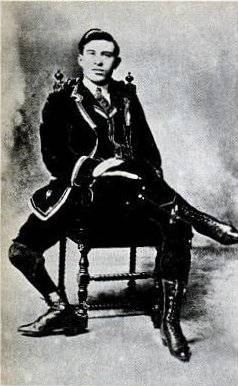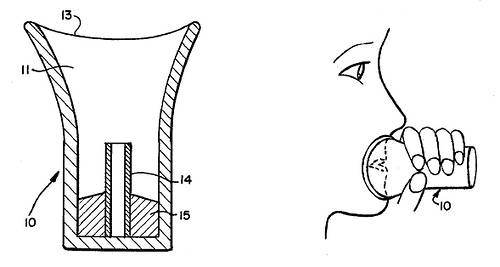
It’s somehow appropriate that Francesco Lentini was born in Italy, “the boot of Europe.” He had three legs, four feet, and 16 toes — his third leg had a rudimentary foot growing from the knee.
When doctors determined they couldn’t safely remove the extra parts, Lentini moved to the United States and made a career kicking soccer balls in sideshows. Eventually he married and raised four children.
He died in 1966 at age 77, setting a record as the longest-lived man with three legs.


